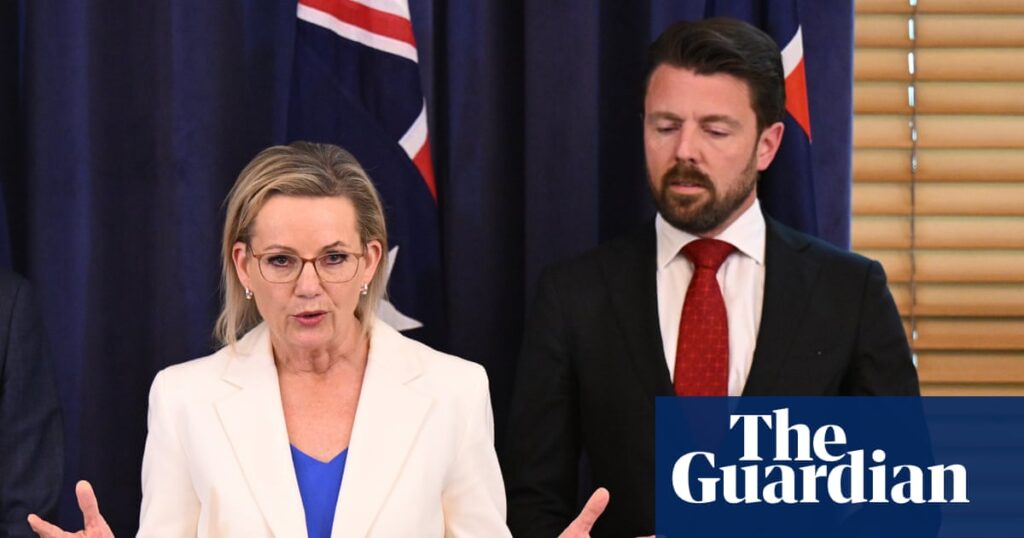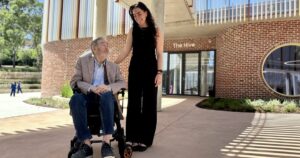
In a move that could reshape Australia’s immigration landscape, Liberal MPs are advocating for significant reductions in skilled migration and international student numbers. The proposal, aimed at curbing overseas arrivals, comes as the party seeks to balance its internal factions ahead of the next federal election.
The Coalition is currently formulating a policy to drastically cut immigration places, with Opposition Leader Sussan Ley working to maintain unity between moderates and conservatives within the party. Ley, alongside shadow ministers Jonathon Duniam and Paul Scarr, is pushing for a policy debate by the end of the year. They propose linking immigration places to the nation’s capacity for home construction and funding for health and education.
Calls for Targeted Reductions
New South Wales Liberal Jess Collins has been vocal about the need to reduce skilled migration numbers, stating, “That’s where the first cut is going to come from.” Collins, aligned with shadow defense minister Angus Taylor, emphasized the challenges posed by unions in integrating skilled tradespeople into the Australian workforce.
South Australian Senator Leah Blyth, associated with power broker Alex Antic, suggested that international student numbers could be a lever for controlling migration. Blyth, herself a first-generation Australian, stressed the importance of nuanced messaging to avoid alienating multicultural communities.
“I’m a first generation Australian. I could only come here because Australia abolished the White Australia policy, or my family could. So I’m very pro migrants, and I can see, you know, the kind of life that you can build yourself in Australia is the lucky country.” – Leah Blyth
Broader Implications and Opinions
The discussion on immigration is not confined to the Liberal Party. Matt Comyn, head of the Commonwealth Bank, recently told a parliamentary committee that capping migration at 180,000 annually would allow for better infrastructure planning, including housing. Former Prime Minister Tony Abbott has also weighed in, advocating for a return to Howard-era immigration levels of around 100,000 people, arguing that current levels are unsustainable.
“It’s more likely than not that the productivity of migrants, on average at the moment is below that of the general population.” – Tony Abbott
Liberal backbencher Jacinta Nampijinpa Price has accused the Labor government of pursuing a “mass immigration agenda” and called for significant cuts or a temporary pause in the migration program. Meanwhile, Sarah Henderson has criticized Ley’s leadership, advocating for a policy that limits university enrolments to ensure no more than 25% of students are foreign residents.
Economic and Social Context
Australia’s net overseas migration (NOM) was 315,900 in the year ending March 2025, with Treasury predicting a decrease to 260,000 this financial year and 225,000 over the next three years. Despite these figures, the Labor government has maintained the permanent migration intake at 185,000 for the current financial year.
Andrew Bragg, the shadow housing minister, highlighted the chronic housing shortage as a fundamental issue, arguing that merely reducing overseas arrivals would not resolve the crisis. He pointed to the need for more skilled tradespeople and criticized the CFMEU construction union for obstructing foreign workers.
“You could turn the tap off overseas arrivals today and it still wouldn’t solve the housing crisis. Australia needs to build more homes.” – Andrew Bragg
Looking Ahead
The opposition is expected to establish broad principles for its immigration policy in the coming weeks, with a specific target likely to be announced closer to the next election. Jonathon Duniam has indicated that factors such as new housing construction and health and education funding will be key considerations in determining sustainable migration levels.
As the debate continues, the Liberal Party faces the challenge of crafting a policy that addresses economic needs while maintaining social cohesion. The outcome of this policy debate could have significant implications for Australia’s future immigration landscape and its political dynamics.







